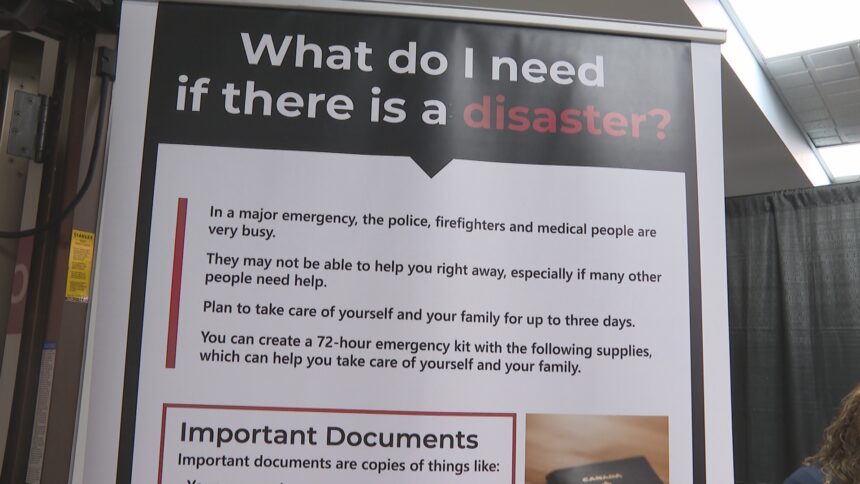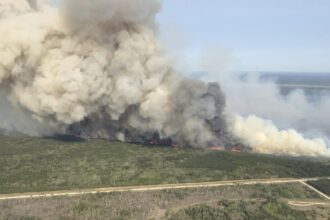The thunderous crash of floodwaters through High River in 2013 still echoes in the collective memory of southern Alberta residents. With climate scientists predicting increasingly unpredictable weather patterns, local municipalities aren’t leaving future emergency responses to chance.
“We’ve learned the hard way that preparation isn’t optional,” says Lethbridge County Emergency Services Director Marla Thompson. “Our 2024 emergency preparedness initiatives represent the most comprehensive planning overhaul we’ve implemented in a decade.”
The enhanced emergency planning protocols span across southern Alberta’s most vulnerable regions, with particular focus on flood-prone communities along the Bow and Oldman river basins. Municipal budgets have allocated an additional $4.2 million toward emergency infrastructure and response capabilities, a 28% increase from previous years.
Medicine Hat, which faced devastating flooding in 2013 when the South Saskatchewan River overflowed its banks, has invested heavily in both physical barriers and digital early warning systems. The city recently unveiled an AI-powered flood prediction model that integrates real-time weather data with topographical analysis to forecast potential inundation zones up to 72 hours in advance.
“Technology gives us the critical time advantage that simply wasn’t available a decade ago,” explains Medicine Hat Mayor Richard Coleman. “Every hour of advance warning represents hundreds of homes potentially saved.”
Coordination between municipalities has also seen dramatic improvement. The Southern Alberta Emergency Response Coalition, formed last November, brings together 22 communities in a resource-sharing agreement that enables rapid deployment of personnel and equipment across municipal boundaries during crisis situations.
Provincial authorities have endorsed these local initiatives while adding provincial resources to the mix. Alberta’s Emergency Management Agency has stationed additional rapid-response teams in strategic locations throughout the southern region, equipped with specialized vehicles capable of navigating flood conditions.
“The province recognizes that climate adaptation isn’t theoretical anymore—it’s an operational necessity,” says Alberta Environment Minister Rebecca Walsh. “Our communities need to be resilient not just to flooding, but to wildfires, drought, and other extreme weather events that are becoming more common.”
Public education forms the backbone of many 2024 preparedness plans. Cardston County has launched an innovative “Know Your Risks” campaign, providing residents with personalized property assessments and evacuation routes based on their specific geographical vulnerabilities.
The economic implications of these investments extend beyond disaster prevention. According to financial analysis from the University of Calgary’s School of Public Policy, every dollar spent on pre-disaster mitigation saves approximately $6 in recovery costs—a calculation that has helped justify the increased expenditures during tight budget cycles.
Not all municipalities have embraced the expanded emergency measures with equal enthusiasm. Several smaller communities have expressed concern about funding disparities, noting that their tax bases cannot support the sophisticated systems implemented by larger centers.
“We’re working to address these inequities through regional partnership models,” explains Brooks city councilor James Henderson. “Emergency preparedness shouldn’t be determined by population size or municipal wealth.”
As southern Alberta fortifies itself against future disasters, the question remains: will these enhanced preparations be sufficient against the increasingly unpredictable threats posed by our changing climate, or are we merely buying time against inevitable catastrophes that will overwhelm even our best-laid plans?










